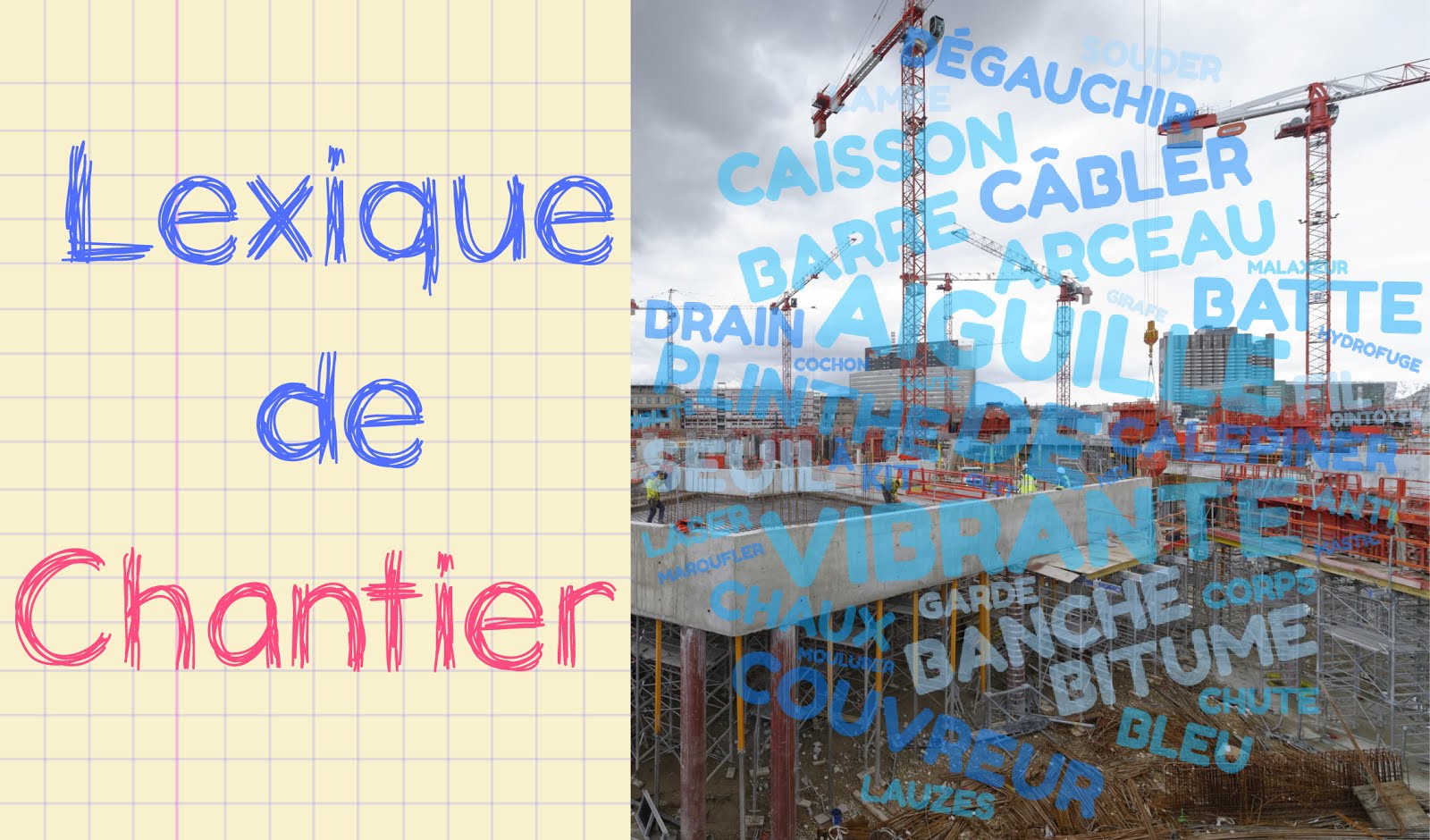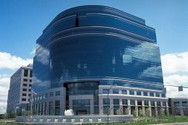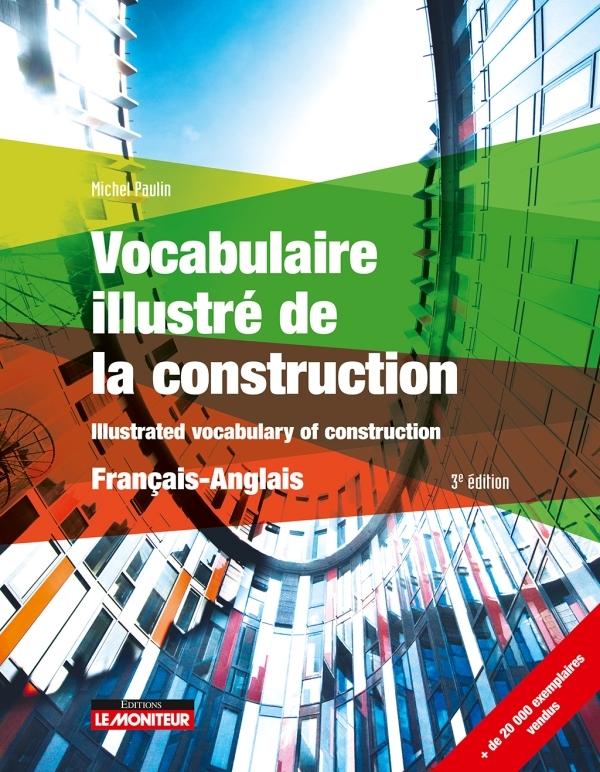

As we will see this win-wins and sustainable business are a perhaps a pipe dream and that there might not be no such thing as green product.

It is loosely connected with consumption, companies and the pursuit of eco-efficiency or the win-win paradigm which assure us that companies can maximise profits and still protect the environment. On today’s episode I will be discussing a topic that I’m not too familiar.
DICTIONNAIRE TECHNIQUE BATIMENT ANGLAIS FRANÇAIS HOW TO
Hello everyone and Welcome to the Circular Metabolism podcast, the bi-weekly meeting where we have in-depth discussions with thinkers, researchers, activists, policy makers and practitioners to better understand the metabolism of our cities and how to reduce their environmental impact in a socially just and context-specific way. With proper construction and maintenance, an adobe wall may last centuries.ĥ.📺 Welcome to the Circular Metabolism podcast 📺. The bricks are laid in a mortar of the same material, then finished with a coat of adobe or with lime or cement plaster. Adobe walls are normally built on a solid, waterproof foundation of stone or concrete otherwise the capillary action of groundwater may cause the lower courses to disintegrate. The addition of straw or similar material helps to prevent shrinkage cracks during the curing process but does not add any structural advantage to the finished product. This usually takes at least two weeks under average dry climate conditions. The bricks are not used until thoroughly dry.

The bricks are allowed to dry partially while flat on the ground then they are stacked on edge to permit more thorough and uniform drying.

Although they vary widely in size, depending on the intended use of the finished brick, they are usually from 8 to 13 cm (3 to 5 inches) thick, 25 or 30 cm wide and 35 to 50 cm long. The molds, made of smooth lumber or sheet metal, are four-sided and open at the top and bottom. When it is brought to the proper consistency, the adobe is shaped into bricks in simple molds. The mass is then trampled with the bare feet. A small quantity of straw or other fibrous material is added and the materials are mixed with a hoe or similar implement. The usual modern method of making adobe bricks consists of wetting a quantity of suitable soil and allowing it to stand for a day or more to soften and break up clods. Molds for shaping the bricks, probably introduced into Spain from Africa, came to the New World at the time of the Spanish conquest. Sometimes the bricks were shaped by hand and were more or less loaflike. In the 20th century, adobe also became a fashionable construction material in the American Southwest. The American Indians built walls by hand manipulation of the plastic clay into courses, allowing each course to dry before adding the next. In the Western Hemisphere adobe appears in many of the pre-Columbian sites from the American Southwest to Peru, always, again, in those regions with a dry climate. Adobe or sun-dried bricks are found in the Old World in the dry areas east of the Mediterranean Sea, in North Africa and in southern Spain. This use of earth for building construction resulted partly from the scarcity of wood as a building medium, partly from the ease of such construction and partly from its insulation value against both heat and cold. Techniques varied, but all took advantage of the special properties of adobe. Its use or that of clays with similar properties, dates back thousands of years in several parts of the world, especially areas with an arid or semiarid climate. Adobe clay is basically calcareous and sandy, a mixture of clay, sand and silt having good plastic qualities and drying to a hard uniform mass. The term, Spanish-Moorish in origin, also denotes the bricks themselves. a heavy clay soil used to make sun-dried bricks. The adobe buildings at Taos, N.M., are typical of Native American pueblo dwellings.Ĥ. Excellent insulating properties make adobe an ideal material for both dwellings and ovens home interiors retain heat in winter and stay cool in summer. Molds for shaping the bricks were brought to the New World by the Spanish. As a building material, adobe dates back thousands of years and is found in many parts of the world. Handmade sun-dried bricks formed from a mixture of heavy clay and straw found in arid regions.


 0 kommentar(er)
0 kommentar(er)
